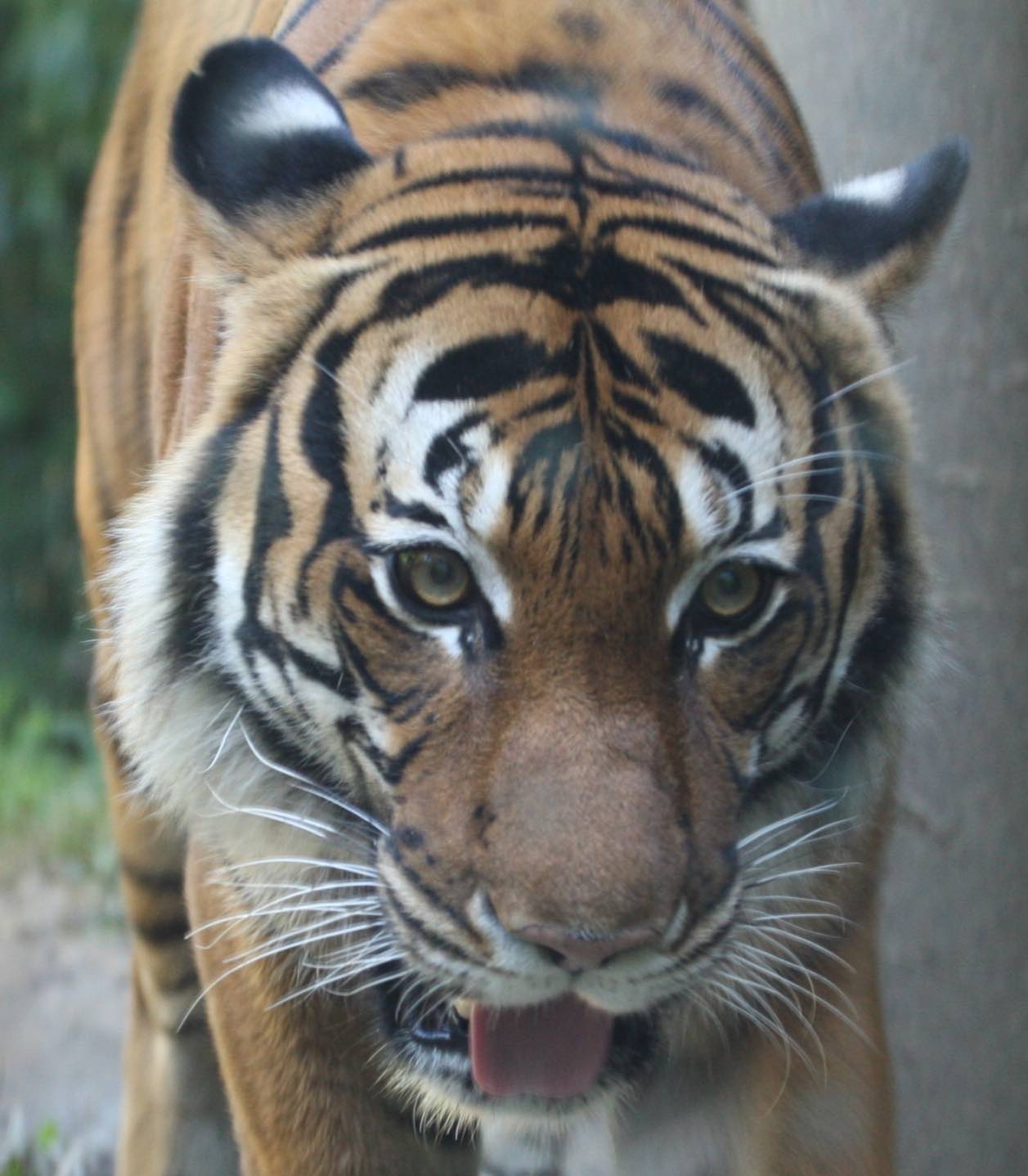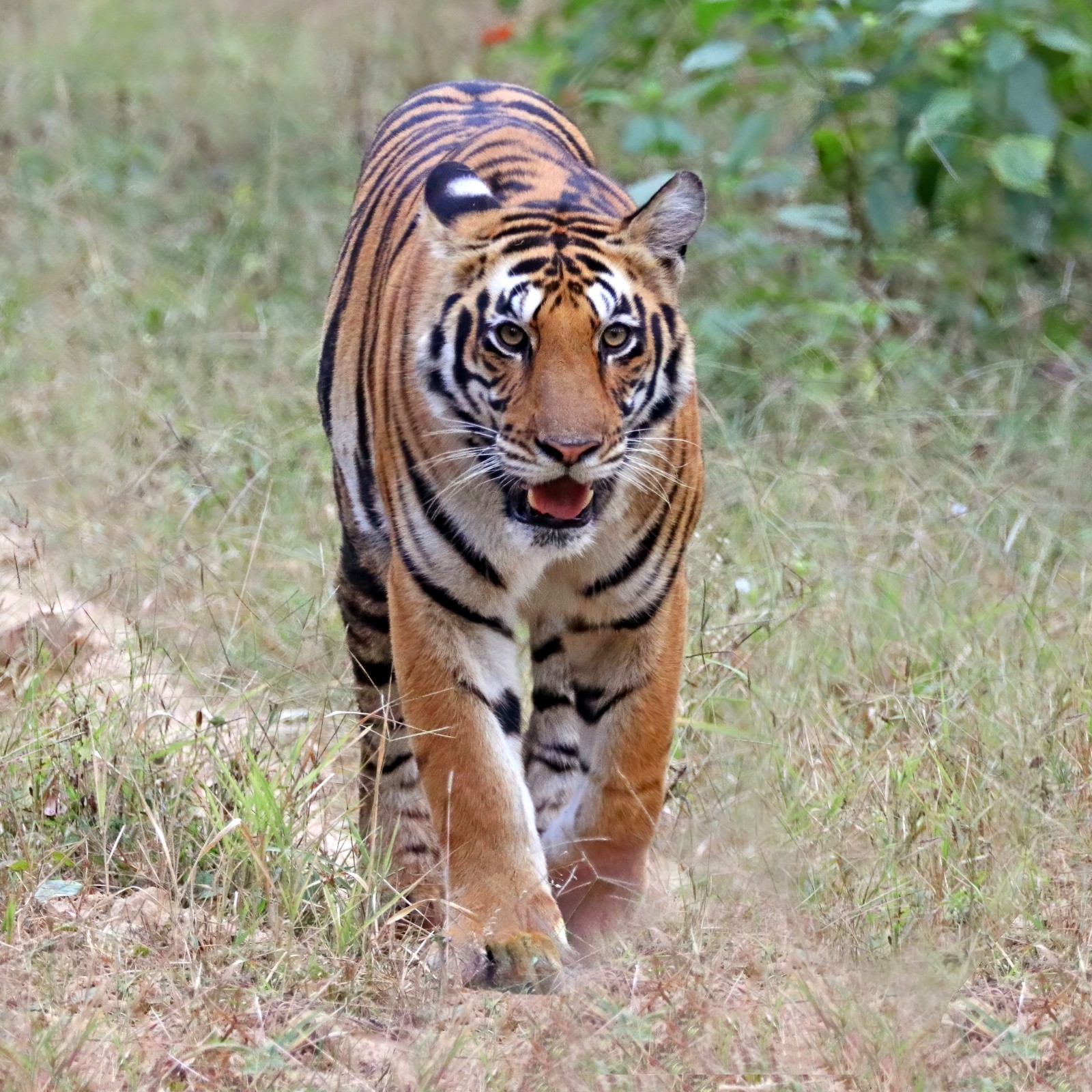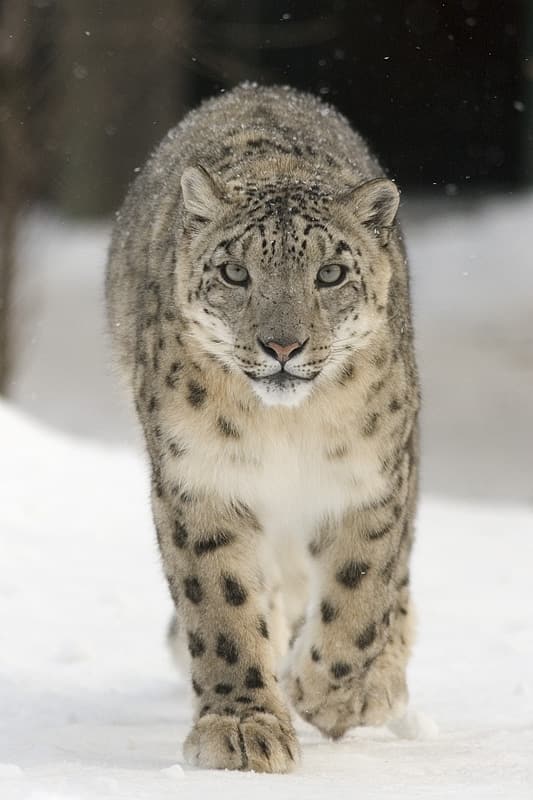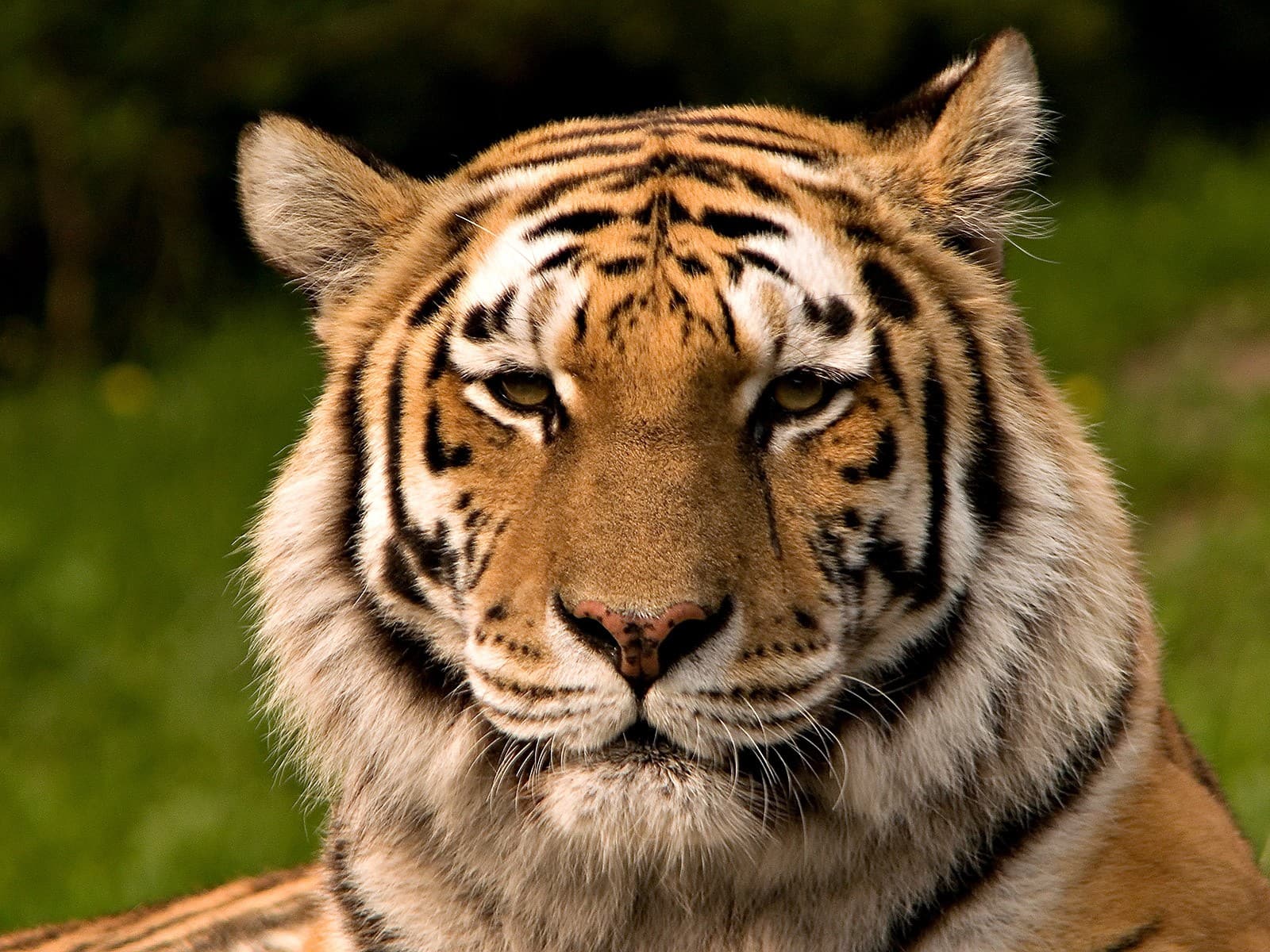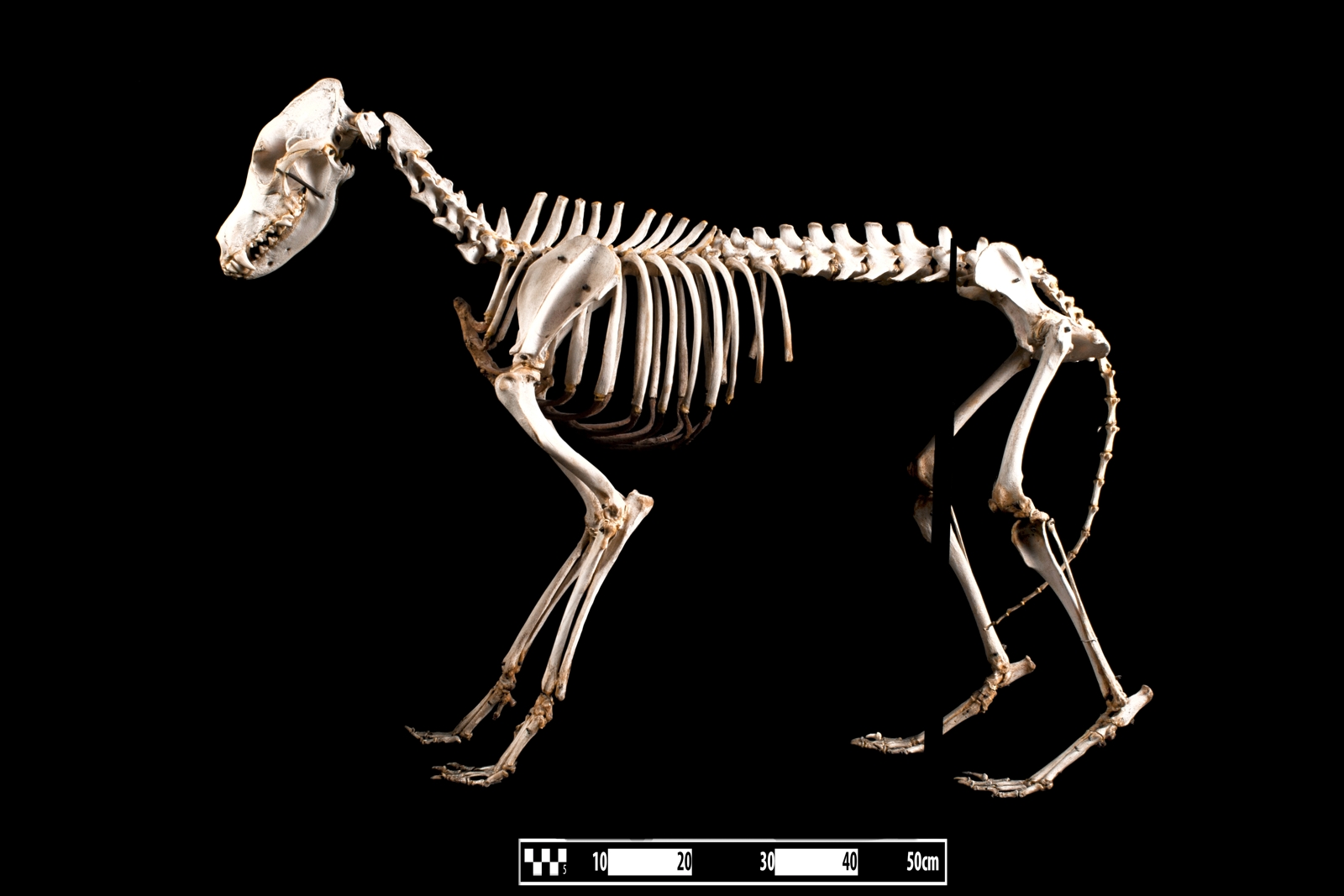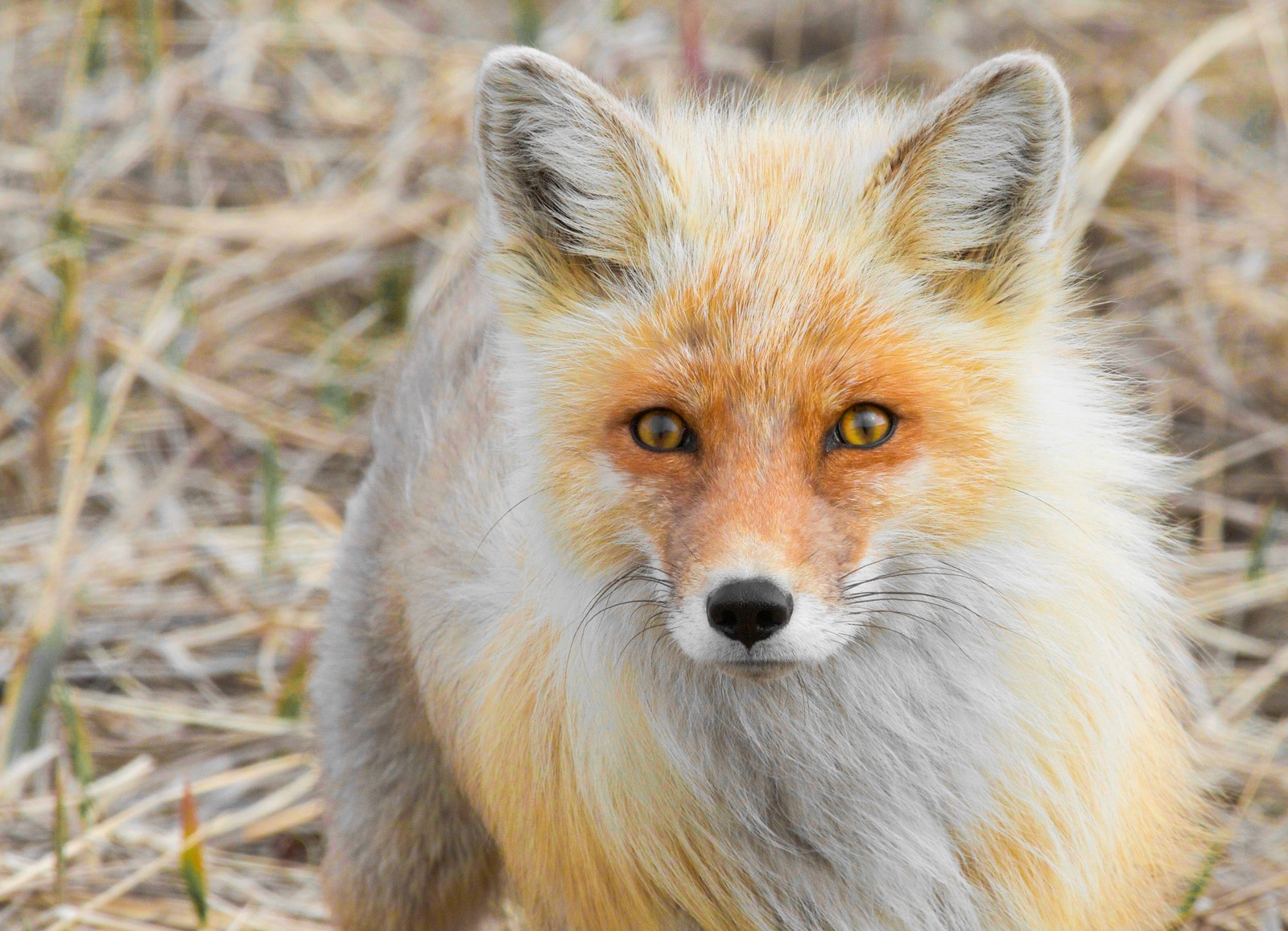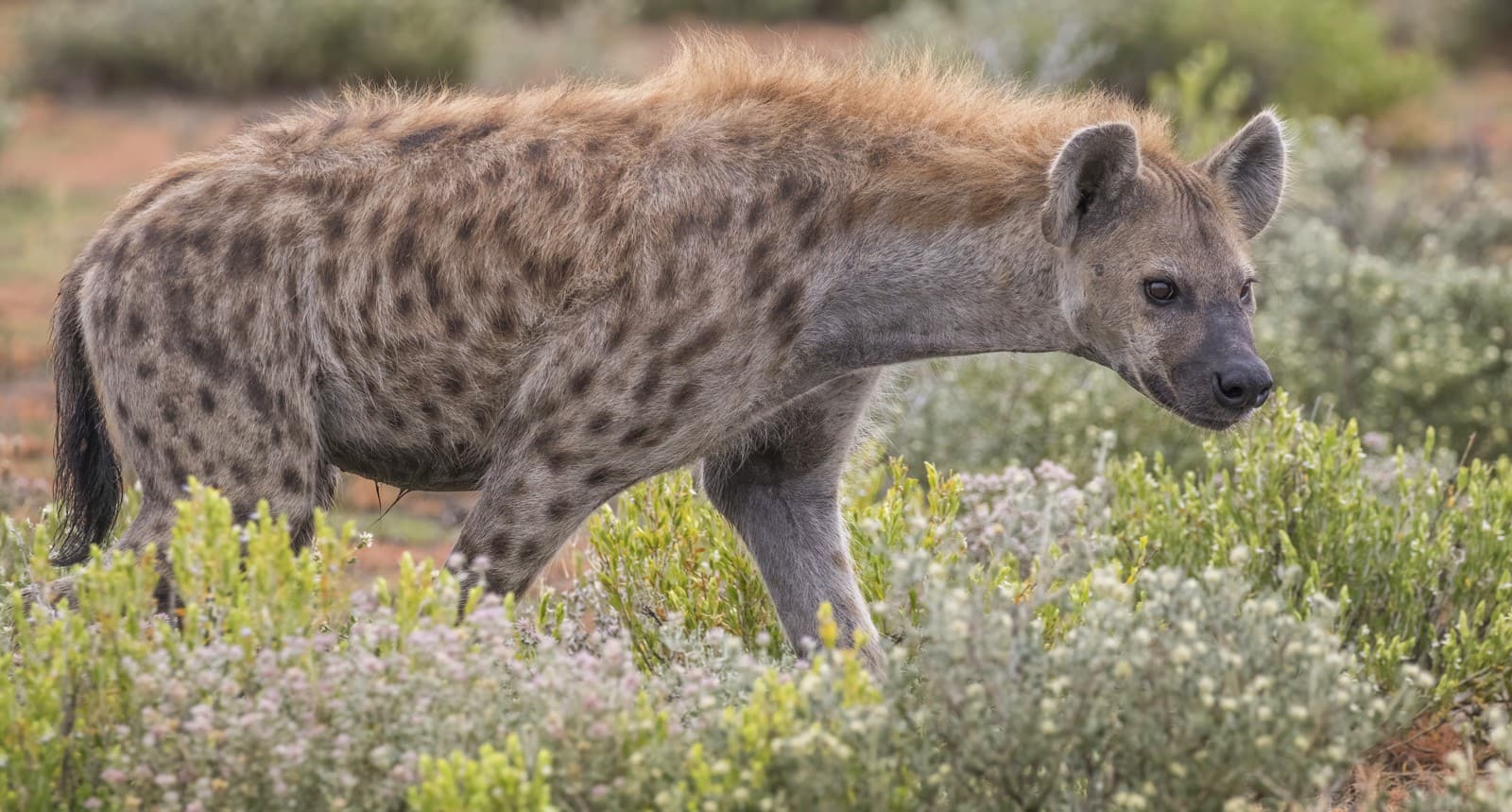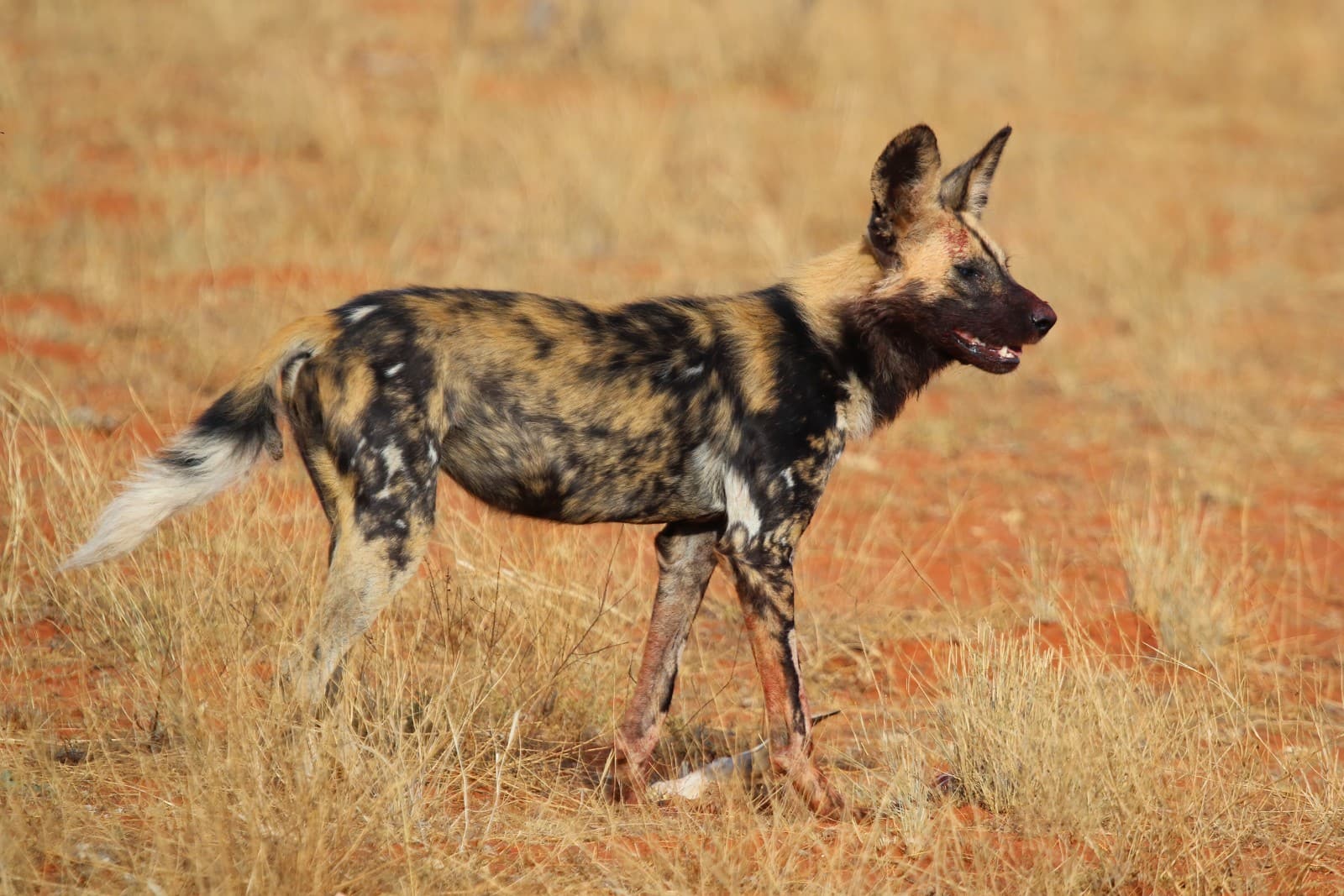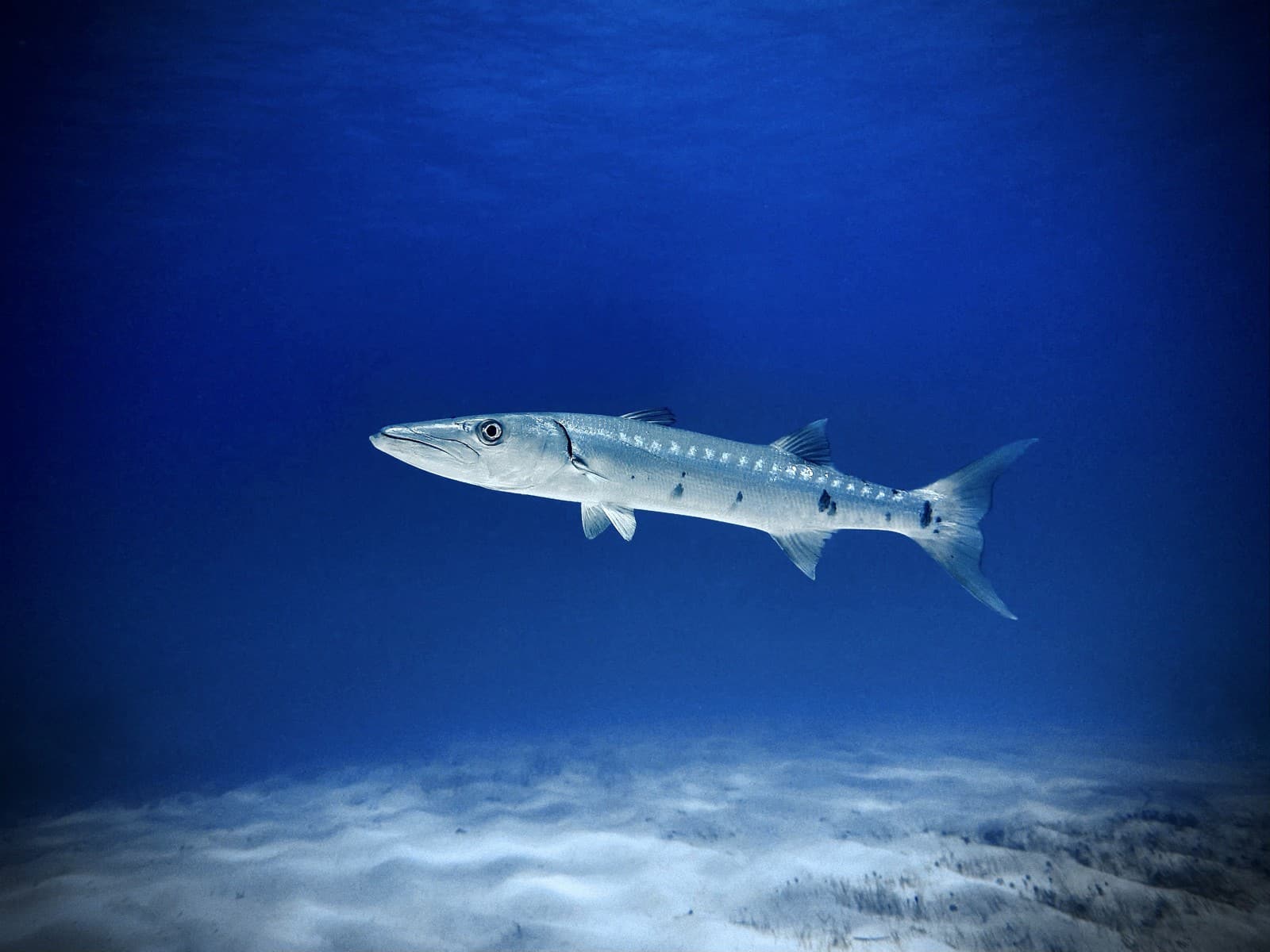Bengal Tiger vs Siberian Tiger: A Complete Comparison
The Bengal tiger and Siberian tiger represent nature’s most impressive big cats, each adapted perfectly to their distinct environments. In comparing Bengal tiger vs Siberian tiger characteristics, the Siberian (Amur) tiger stands as the larger subspecies, weighing up to 660 pounds (300 kg), while Bengal tigers typically reach 550 pounds (250 kg). Despite their size difference, both subspecies remain apex predators in their respective habitats.
These magnificent creatures showcase evolution’s remarkable ability to fine-tune predators for specific environments. The Bengal tiger thrives in the warm, dense jungles of India, while the Siberian tiger has adapted to the harsh, cold winters of Russia’s Far East. Their distinct adaptations make each subspecies uniquely suited to their challenging environments.
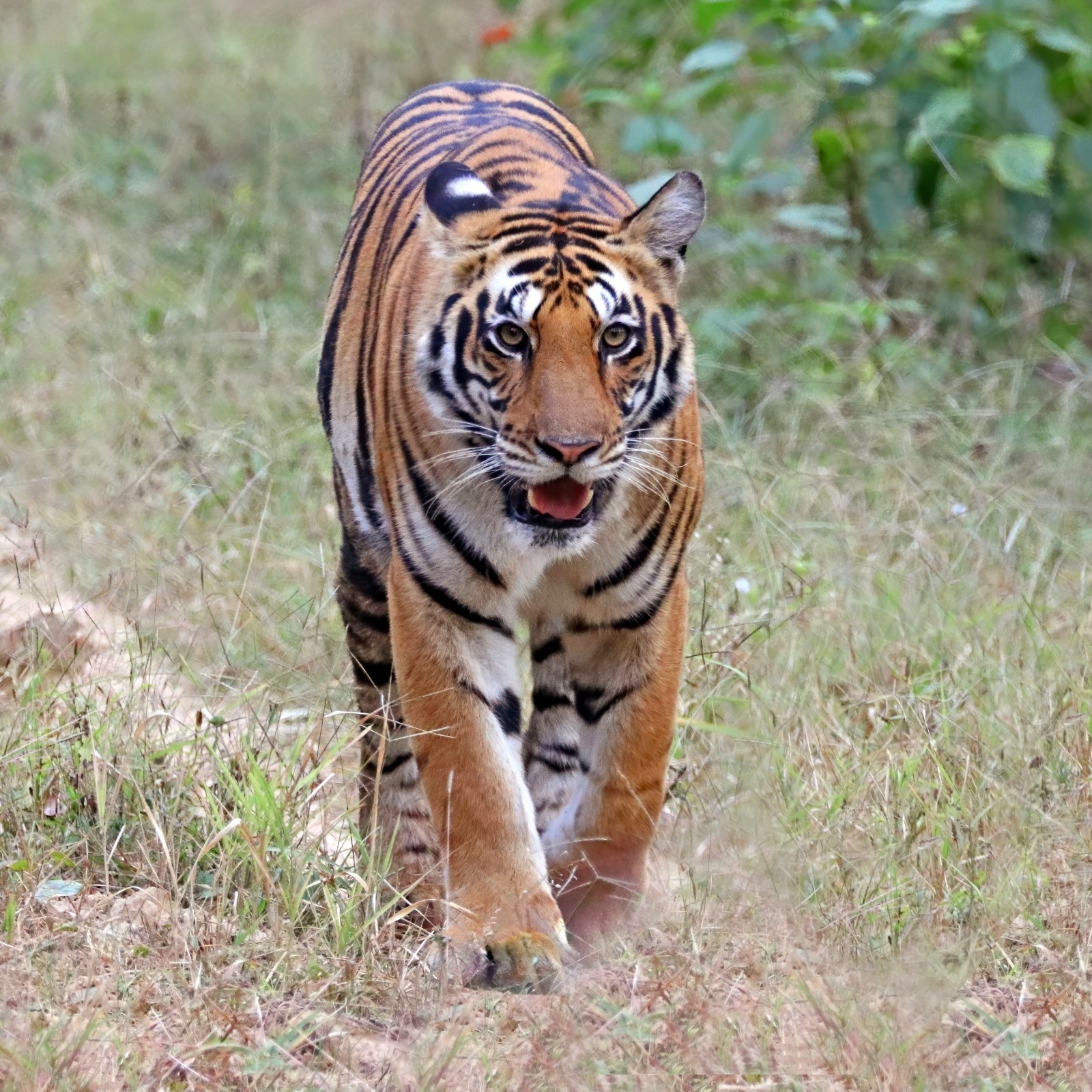
© Charles J. Sharp / CC BY-SA 4.0
The Bengal tiger displays the classic orange coat with distinctive black stripes that most people associate with tigers. Their lighter build and shorter fur make them perfectly adapted for stealth hunting in dense jungle environments.
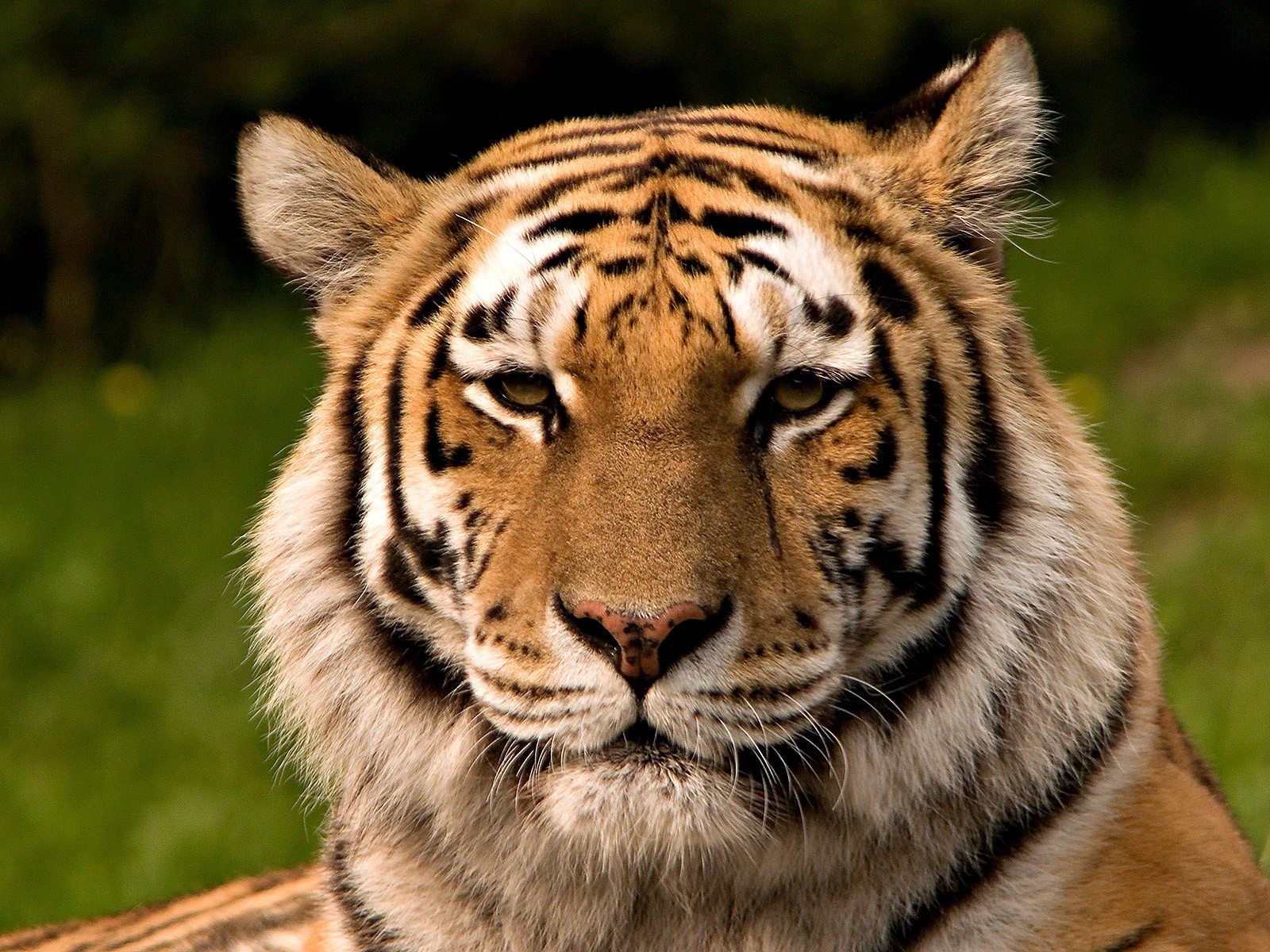
© S. Taheri, edited by Fir0002 / CC BY-SA 2.5
The Siberian tiger exhibits a paler orange coat with fewer stripes, complemented by a distinctive white ruff and longer, thicker fur. These adaptations provide crucial insulation during harsh Siberian winters.
Key Physical Differences
| Feature | Bengal Tiger | Siberian Tiger |
|---|---|---|
| Weight (Male) | 400-550 lbs (180-250 kg) | 450-660 lbs (200-300 kg) |
| Body Length | 8-10 ft (2.4-3 m) | 8-11 ft (2.4-3.3 m) |
| Coat Color | Deep orange with black stripes | Pale orange with fewer stripes |
| Fur Length | Short to medium | Long and thick |
| Skull Size | Smaller skull | Largest skull of all tiger subspecies |
| Paw Size | 5.5 inches (14 cm) | 6-7 inches (15-18 cm) |
Habitat and Distribution
The Bengal tiger inhabits various ecosystems across the Indian subcontinent, from mangrove swamps to mountain forests. These adaptable predators thrive in temperatures ranging from 95°F (35°C) in summer to near freezing in winter at higher elevations.
Siberian tigers occupy a vastly different range, surviving in the Russian Far East where winter temperatures can plunge to -58°F (-50°C). Their territory requirements are significantly larger due to prey scarcity, with individual tigers maintaining ranges up to 450 square miles (1,165 square kilometers).
Hunting and Prey Preferences
Bengal tigers primarily hunt:
- Spotted deer (chital)
- Sambar deer
- Wild boar
- Water buffalo
Siberian tigers target:
- Red deer
- Wild boar
- Elk
- Brown bears
Population Status and Conservation
Current wild population estimates show:
- Bengal Tigers: 2,500-3,000 individuals
- Siberian Tigers: 500-550 individuals
Both subspecies face significant threats from habitat loss and poaching, though conservation efforts have shown promising results in recent years. The Bengal tiger benefits from India’s extensive protected areas network, while Siberian tigers rely on vast wilderness preserves in Russia’s Far East.
Who Would Win in a Fight?
While such encounters would never occur naturally, comparative analysis suggests a Siberian tiger would likely prevail in a theoretical confrontation due to:
- Greater size and weight advantage
- Larger skull and more powerful bite force
- Bigger paws and longer canine teeth
- More muscular build adapted for taking down larger prey
However, it’s crucial to note that both subspecies are equally capable predators within their respective environments, and such comparisons serve only academic interest rather than practical significance.
Behavioral Differences
The subspecies exhibit distinct behavioral adaptations:
- Bengal tigers are more tolerant of high population density
- Siberian tigers require vast territories
- Bengal tigers are strong swimmers, frequently cooling off in water
- Siberian tigers develop thick fat layers for winter survival
These magnificent cats continue to captivate researchers and wildlife enthusiasts alike, each representing perfect adaptation to their unique environmental challenges. Understanding their differences helps inform conservation efforts ensuring both subspecies survive for future generations.
